Vintage Tribal Kilim Runner 2' 9" x 8' 11" (33" x 107")
This item has just been sold
Type:
Kilim RugsCollection:
Tribal RunnersID:
K0077478Size:
Material:
The designs feature a rich array of symbols representing tribal culture and Anatolian motifs, often in the form of medallions, diamonds, and other geometric shapes.
The designs feature a rich array of symbols representing tribal culture and Anatolian motifs, often in the form of medallions, diamonds, and other geometric shapes. These kilim runners are ideal for hallways and narrow spaces, offering a touch of ethnic charm and artisanal quality to any interior.
Herki kilims not only serve as functional floor coverings but also as artistic expressions of tribal identity, making each rug a unique cultural artifact.
Design Elements
- Pattern: The kilim features a geometric design with repeated motifs, creating a sense of rhythm and harmony throughout the piece. The diamonds and triangles are predominant shapes that form a striking layout.
- Texture: The flatweave technique used in creating the kilim offers a smooth texture, highlighting the craftsmanship and enabling the vibrant colors to stand out.
- Layout: Positioned in a symmetrical arrangement, the patterns allow for a focal point to be established, drawing the eye to the central design as it moves along the runner.
Colors
- Warm Tones: Predominantly featuring shades of orange, red, and yellow, these colors evoke feelings of warmth and energy, creating an inviting atmosphere.
- Contrast: Darker hues such as deep browns are present, providing a stark contrast to the brighter colors and helping to frame the lighter tones effectively.
- Earthy Palette: The colors used in this kilim reflect natural elements, reminiscent of the earth, which enhances the organic feel of the design.
Main Motifs and Symbolism
- Diamonds: These shapes often symbolize protection and prosperity in many cultures. Their repeated presence signifies stability and strength.
- Triangles: Triangles frequently represent mountains or natural elements and can symbolize the journey of life, resilience, and harmony with nature.
- Stripes: Sometimes interspersed within the design, these can signify the passage of time, continuity, and connection in community life.
Summary
The vintage tribal kilim runner showcases a dynamic interplay of geometric patterns and warm colors. Dominated by diamonds and triangles, it embodies themes of protection, prosperity, and natural harmony. The earthy color palette reflects not only the aesthetic beauty of the piece but also its cultural significance, making it a timeless representation of traditional craftsmanship.
- Ships in 1-4 business days
- Only one in stock, handmade, unique
- Free shipping via FedEx Express. Easy returns
- Contact us or add a note to your order if you want us to delay your shipping.
- Request more info if you want this rug shorter or narrower
Colors may appear slightly different across various monitors due to screen settings device differences, and external lighting conditions. If color accuracy is important for your space, we recommend viewing the rug on multiple devices or contacting us for a detailed color description. We can provide detailed photos and references using Sherwin-Williams, Benjamin Moore, Pantone, or even Crayola crayons.
You can also visualize most of our products in your own room with AR (augmented reality) on an iPhone or iPad.
Return Policy
Need a rug pad? We recommend RugPadUSA
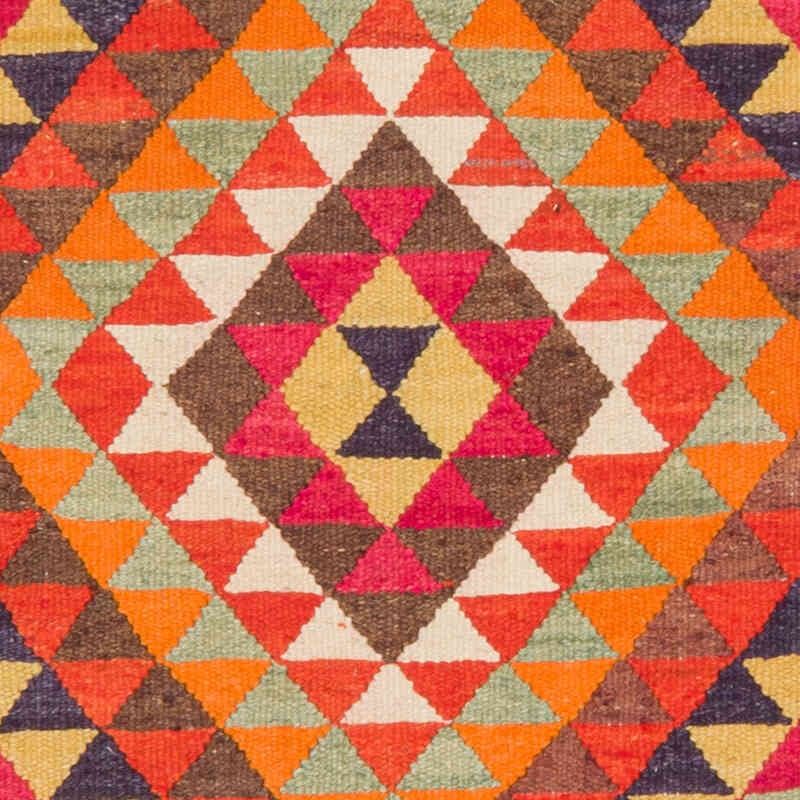
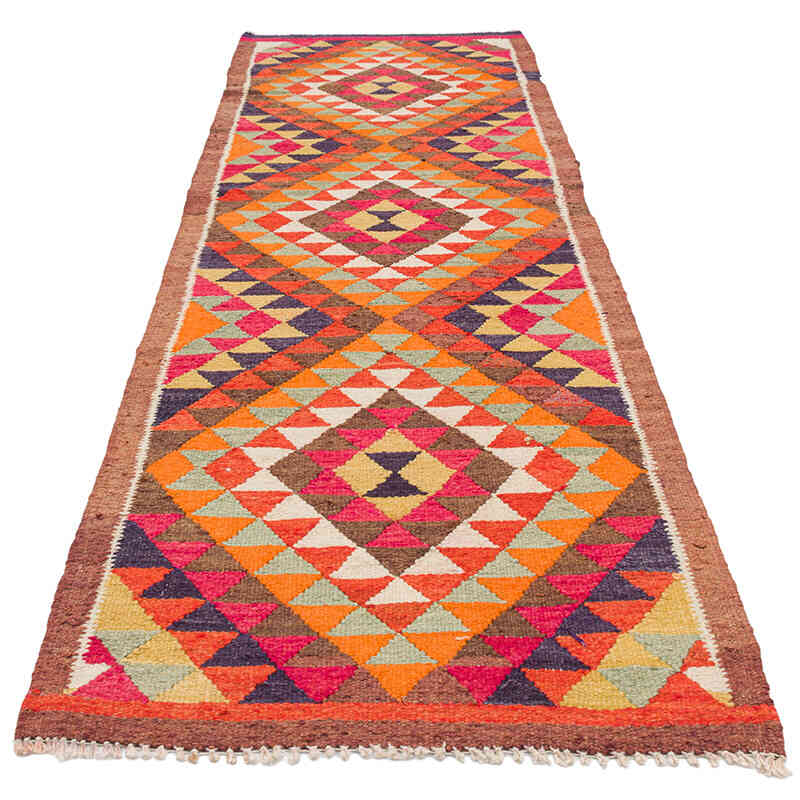
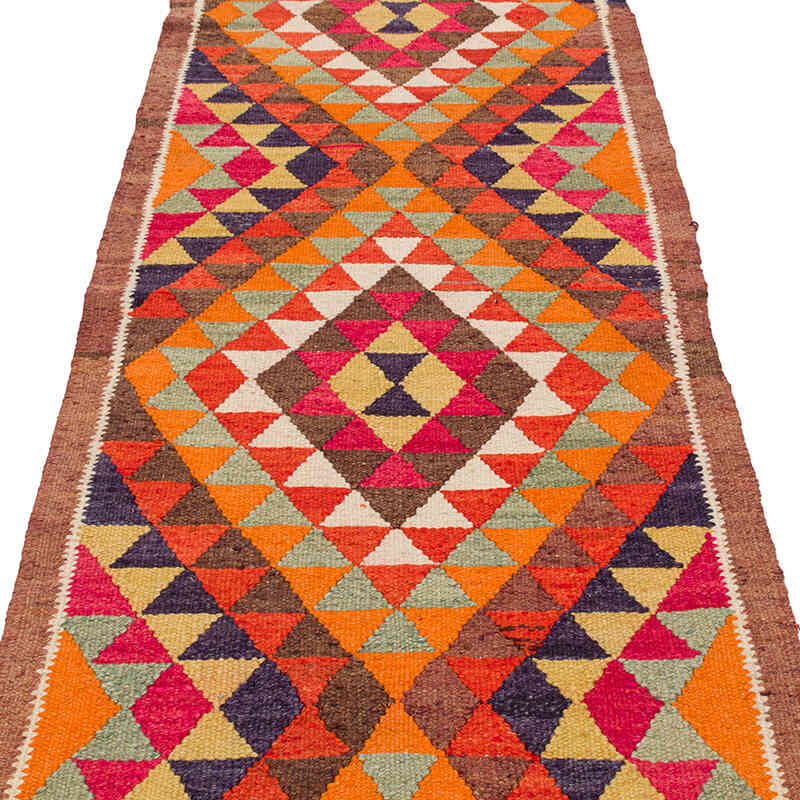
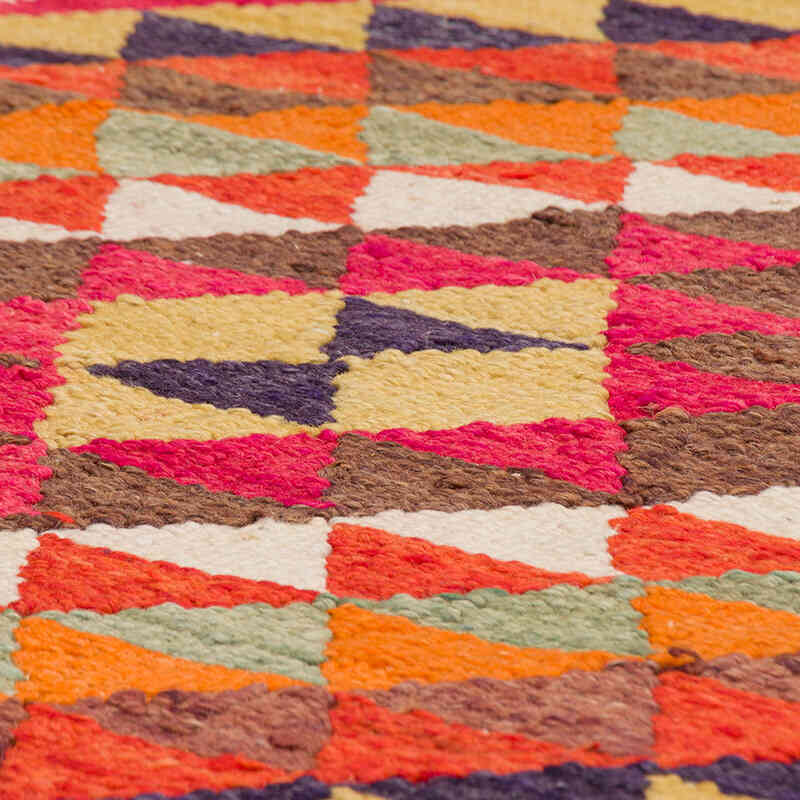
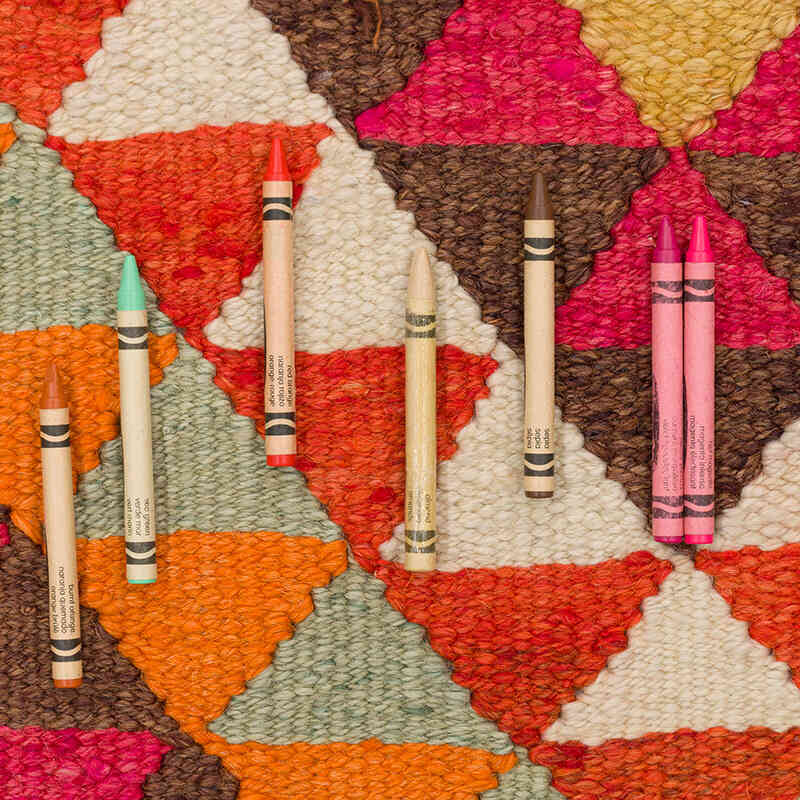
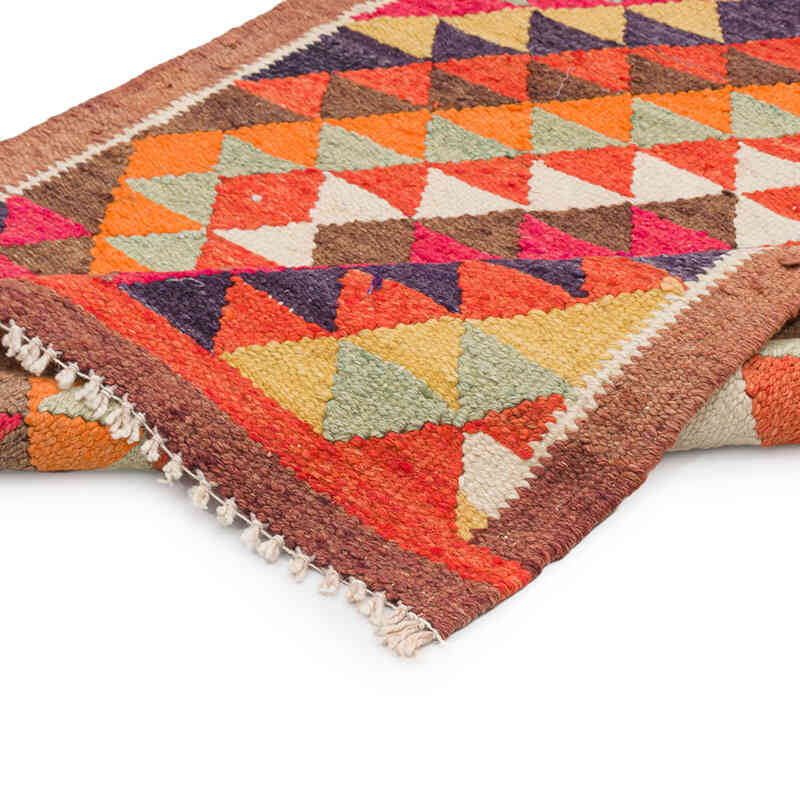
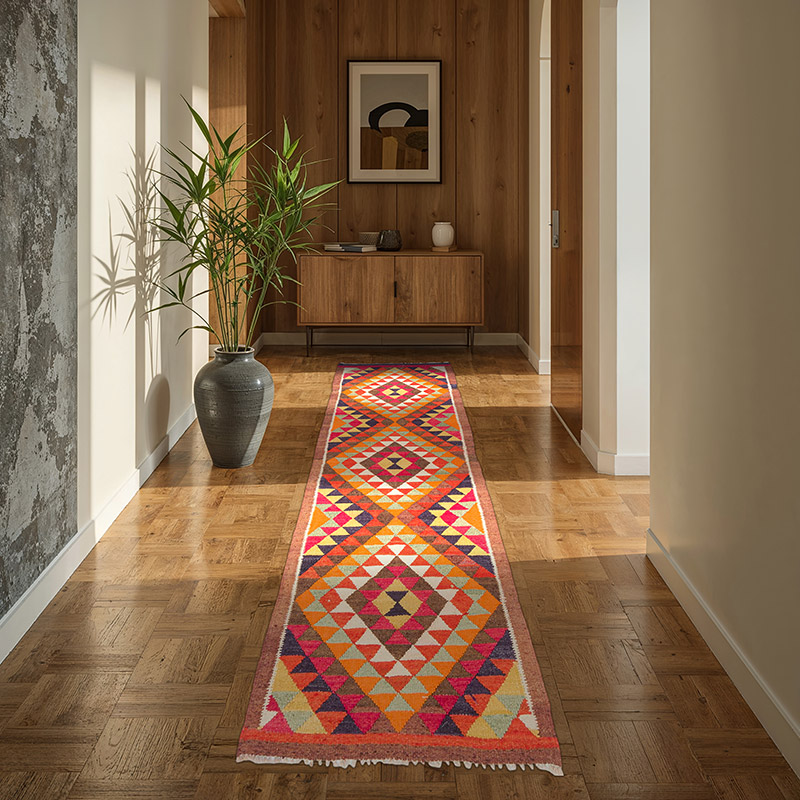
















Wonderful to deal with